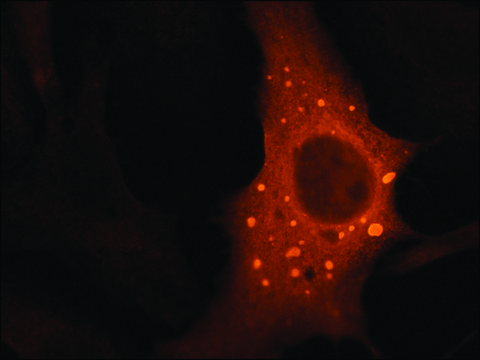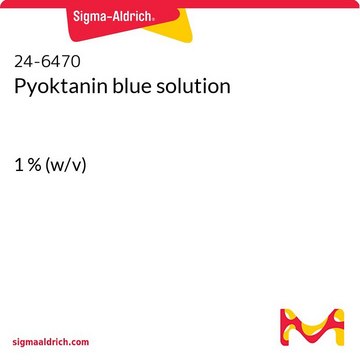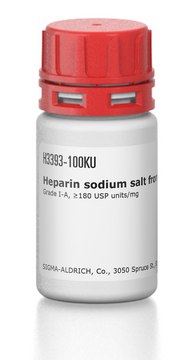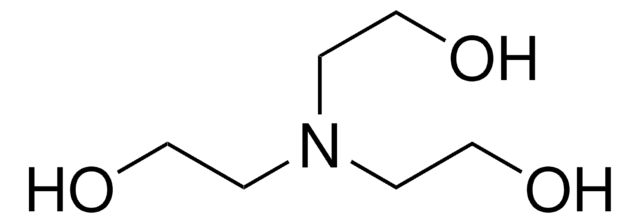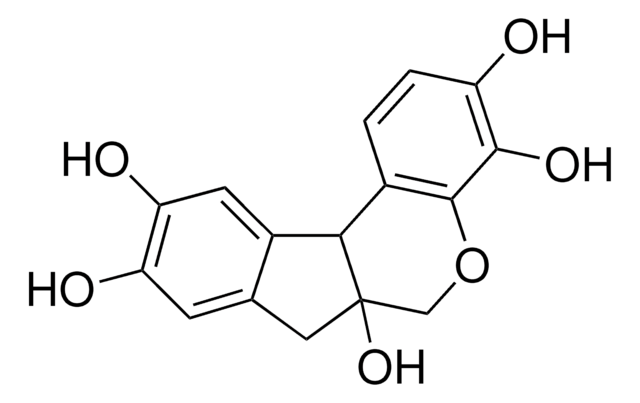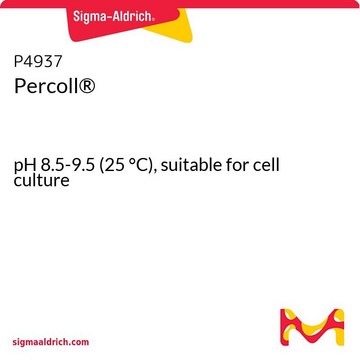D5694
Anti-DCP1A (N-terminal) antibody produced in rabbit
~1.0 mg/mL, affinity isolated antibody, buffered aqueous solution
别名:
Anti-DCP1 Decapping enzyme 1, homolog A, Anti-SMAD 4-interacting transciption factor, Anti-SMAD 4-interacting transciptional co-activator, Anti-SMAD4IP1, Anti-SMIF
About This Item
推荐产品
生物来源
rabbit
偶联物
unconjugated
抗体形式
affinity isolated antibody
抗体产品类型
primary antibodies
克隆
polyclonal
表单
buffered aqueous solution
分子量
antigen ~70 kDa
种属反应性
rat, human, mouse
浓度
~1.0 mg/mL
技术
immunoprecipitation (IP): 5-10 μg using lysates of HEK-293T
indirect immunofluorescence: 2-5 μg/mL using paraformaldehyde-fixed NIH-3T3 cells over-expressign human DCP1A
western blot: 1-2 μg/mL using lysates of HEK-293T cells over-expressing human DCP1A
UniProt登记号
运输
dry ice
储存温度
−20°C
靶向翻译后修饰
unmodified
基因信息
human ... DCP1A(55802)
mouse ... Dcp1a(75901)
rat ... Dcp1a(361109)
一般描述
应用
- immunoblotting
- immunofluorescence
- immunoprecipitation
生化/生理作用
外形
免责声明
未找到合适的产品?
试试我们的产品选型工具.
相关产品
储存分类代码
10 - Combustible liquids
闪点(°F)
Not applicable
闪点(°C)
Not applicable
个人防护装备
Eyeshields, Gloves, multi-purpose combination respirator cartridge (US)
法规信息
我们的科学家团队拥有各种研究领域经验,包括生命科学、材料科学、化学合成、色谱、分析及许多其他领域.
联系技术服务部门
